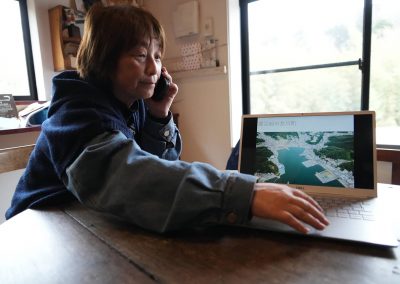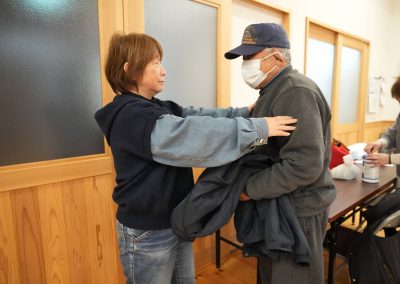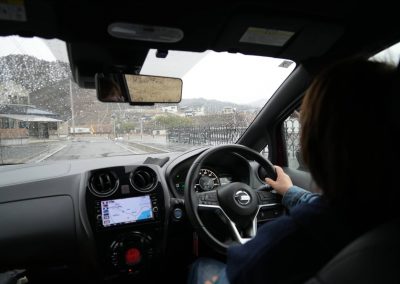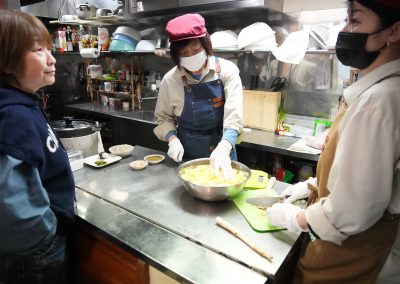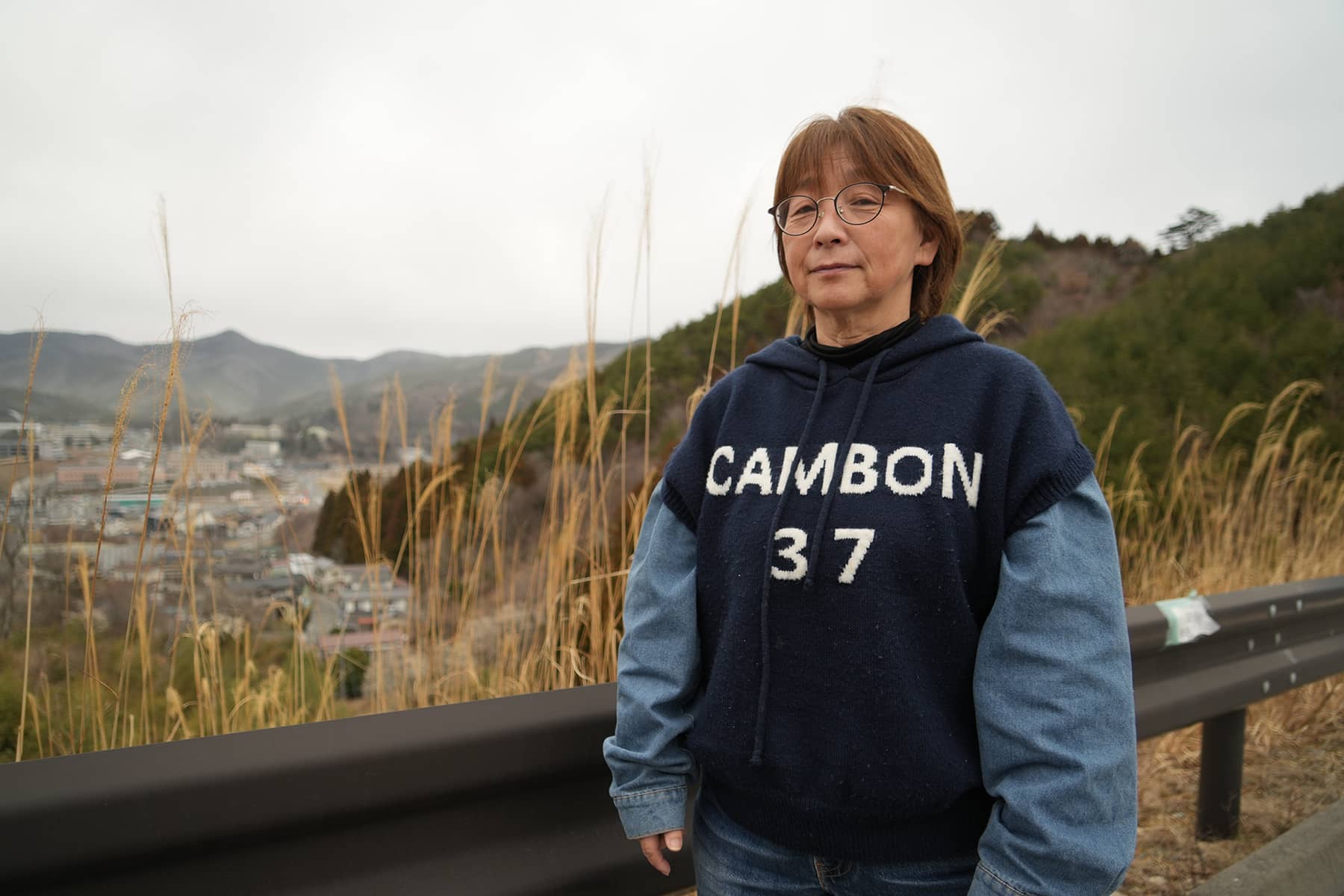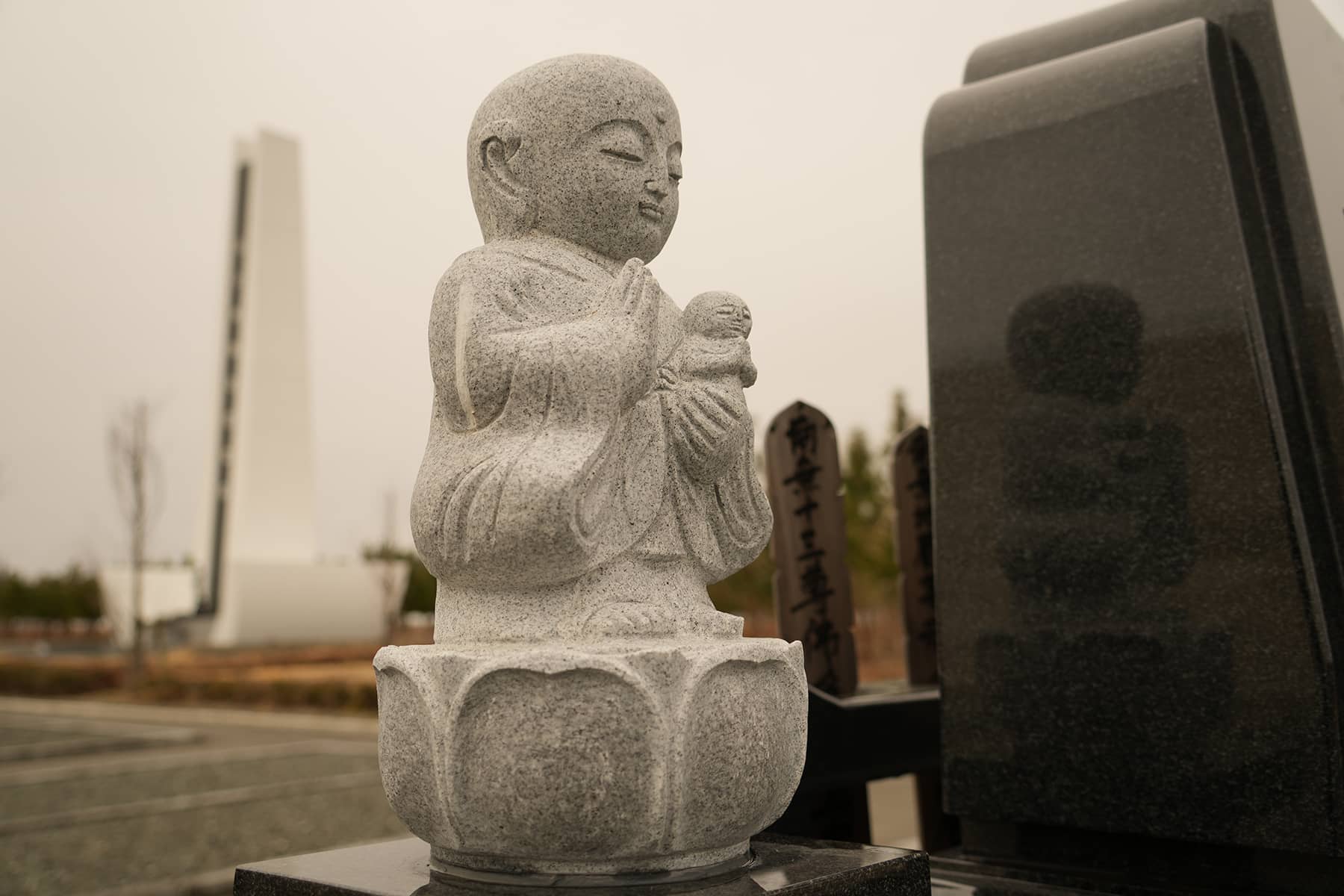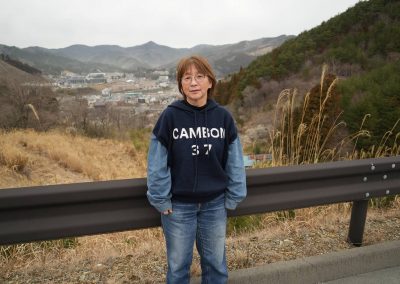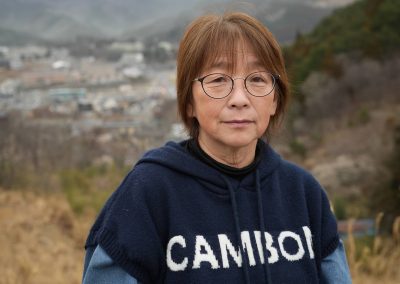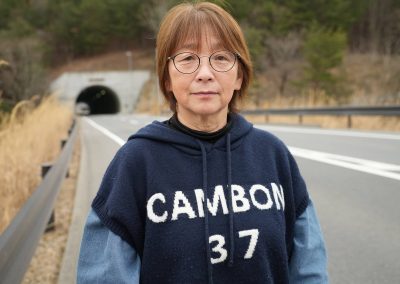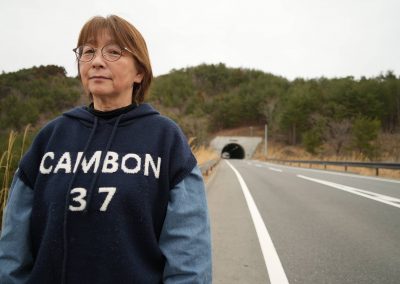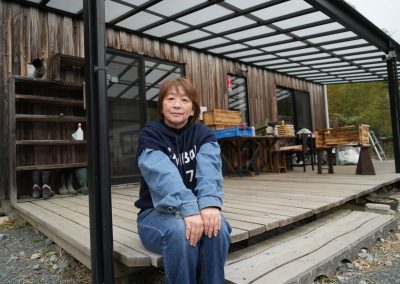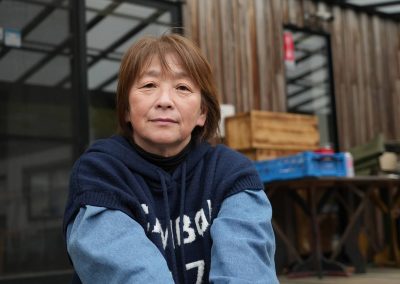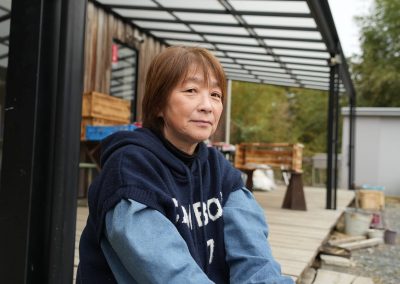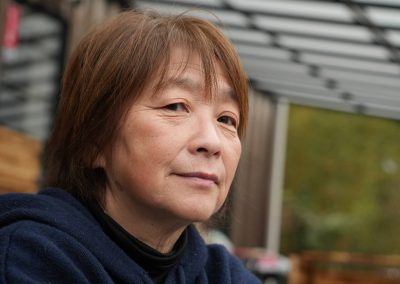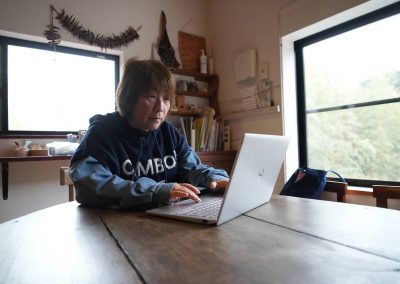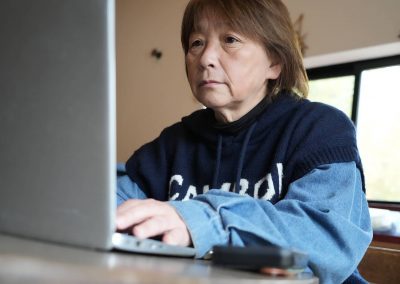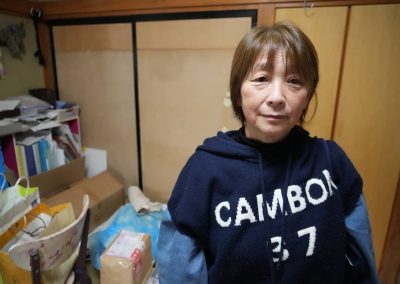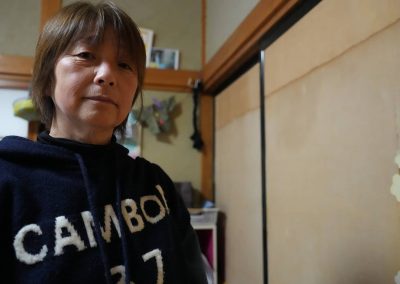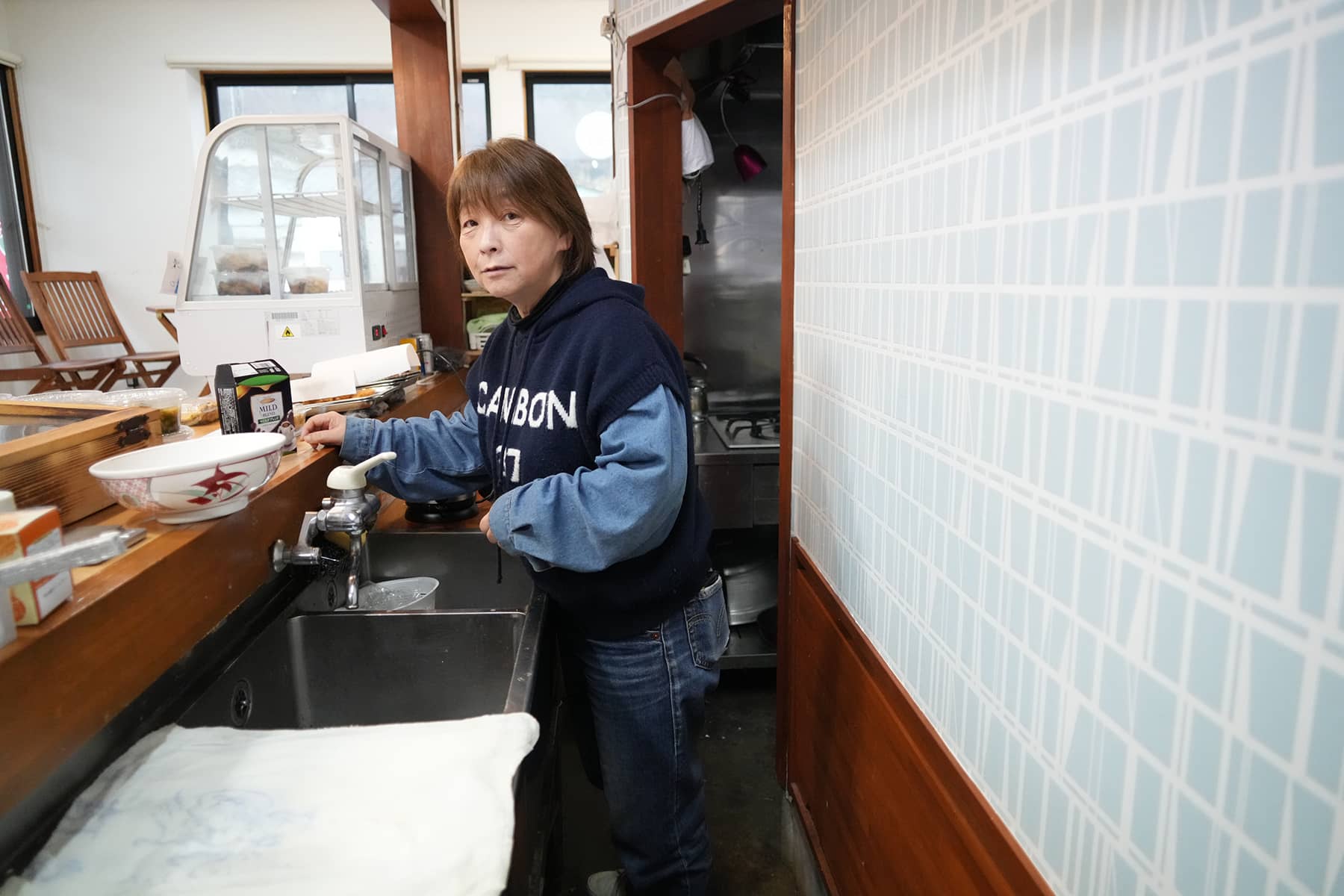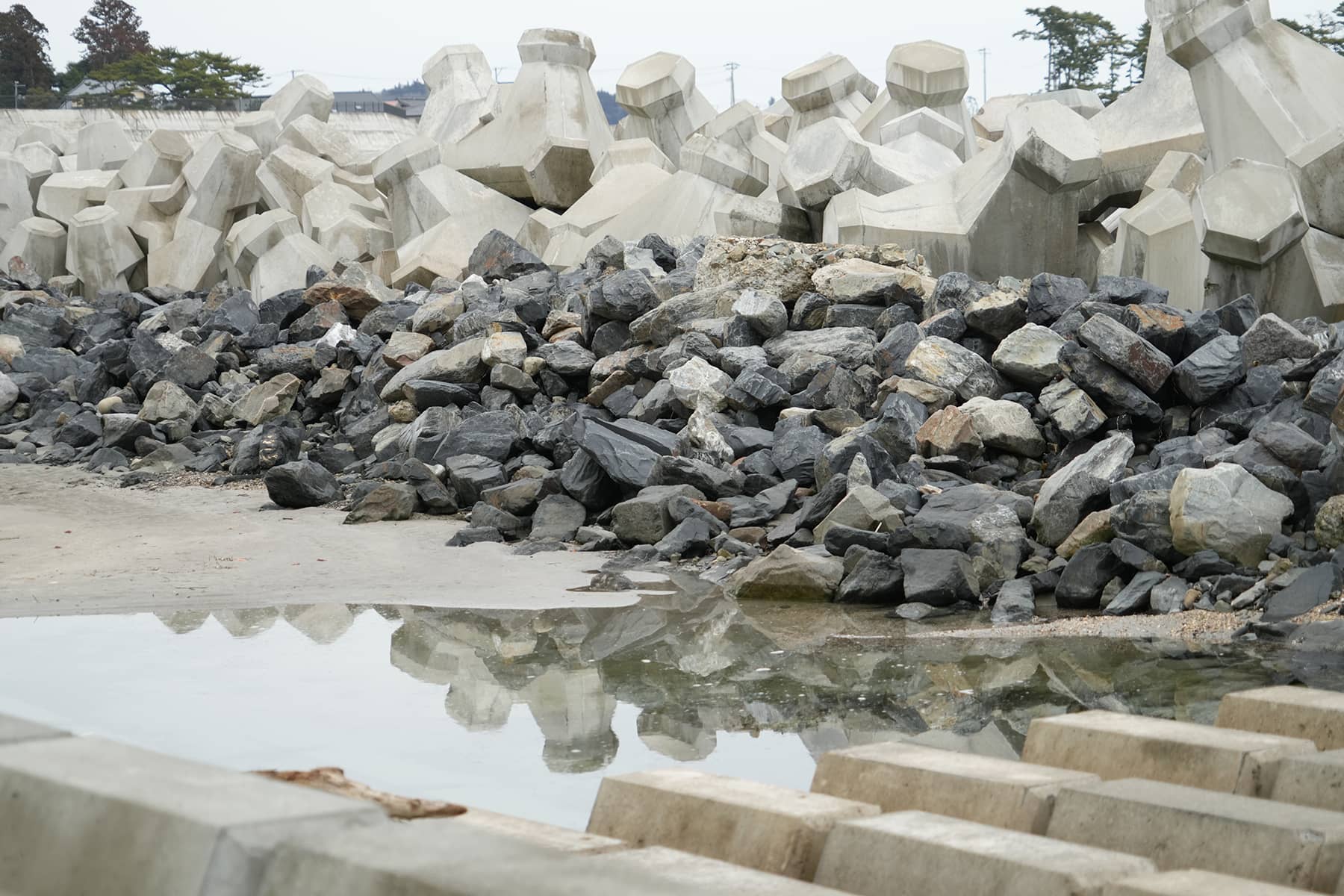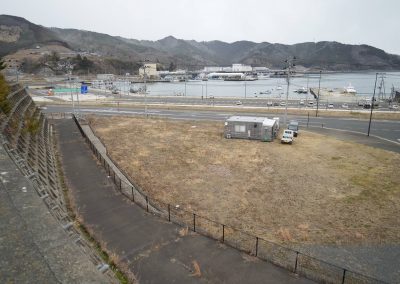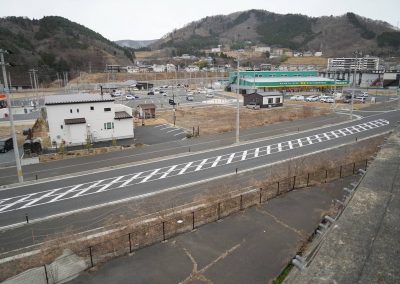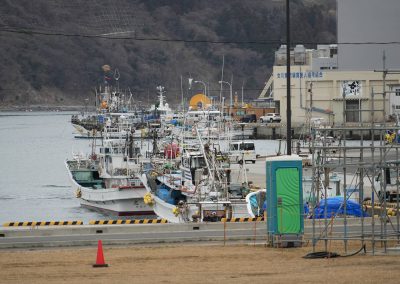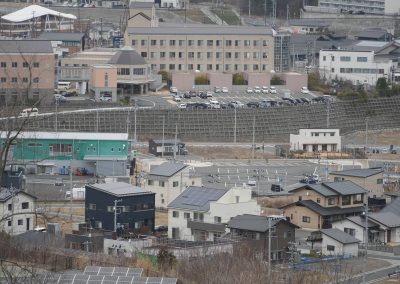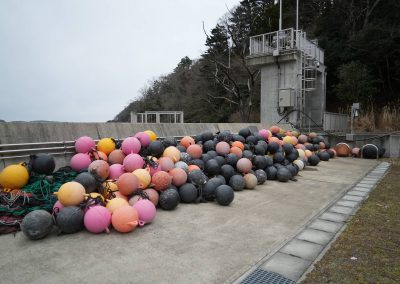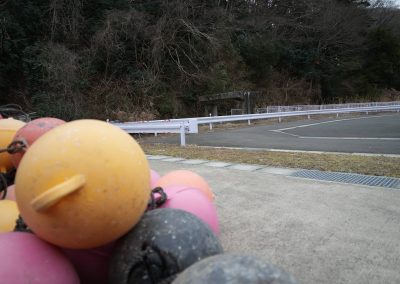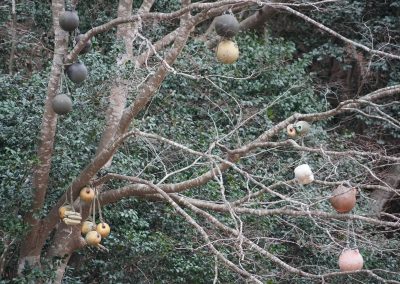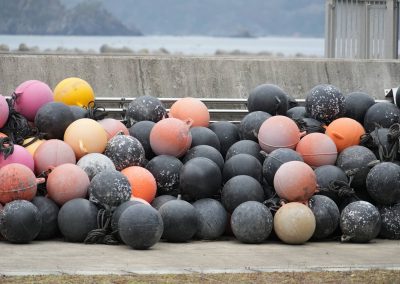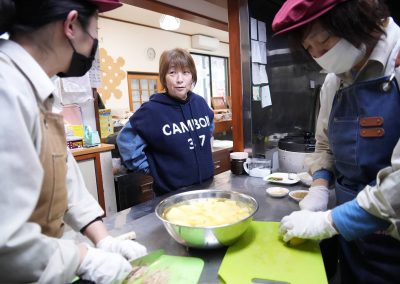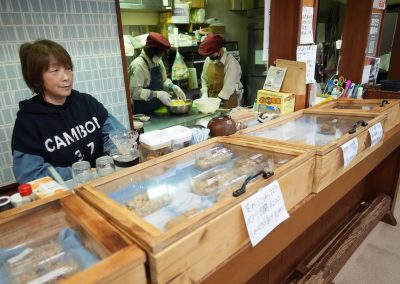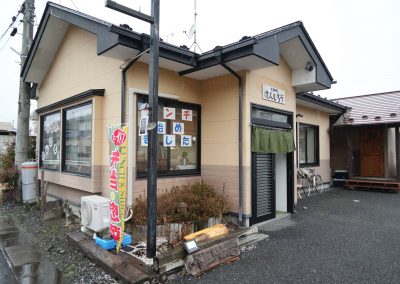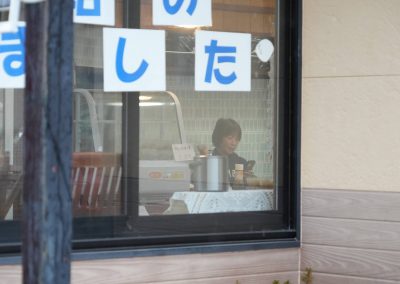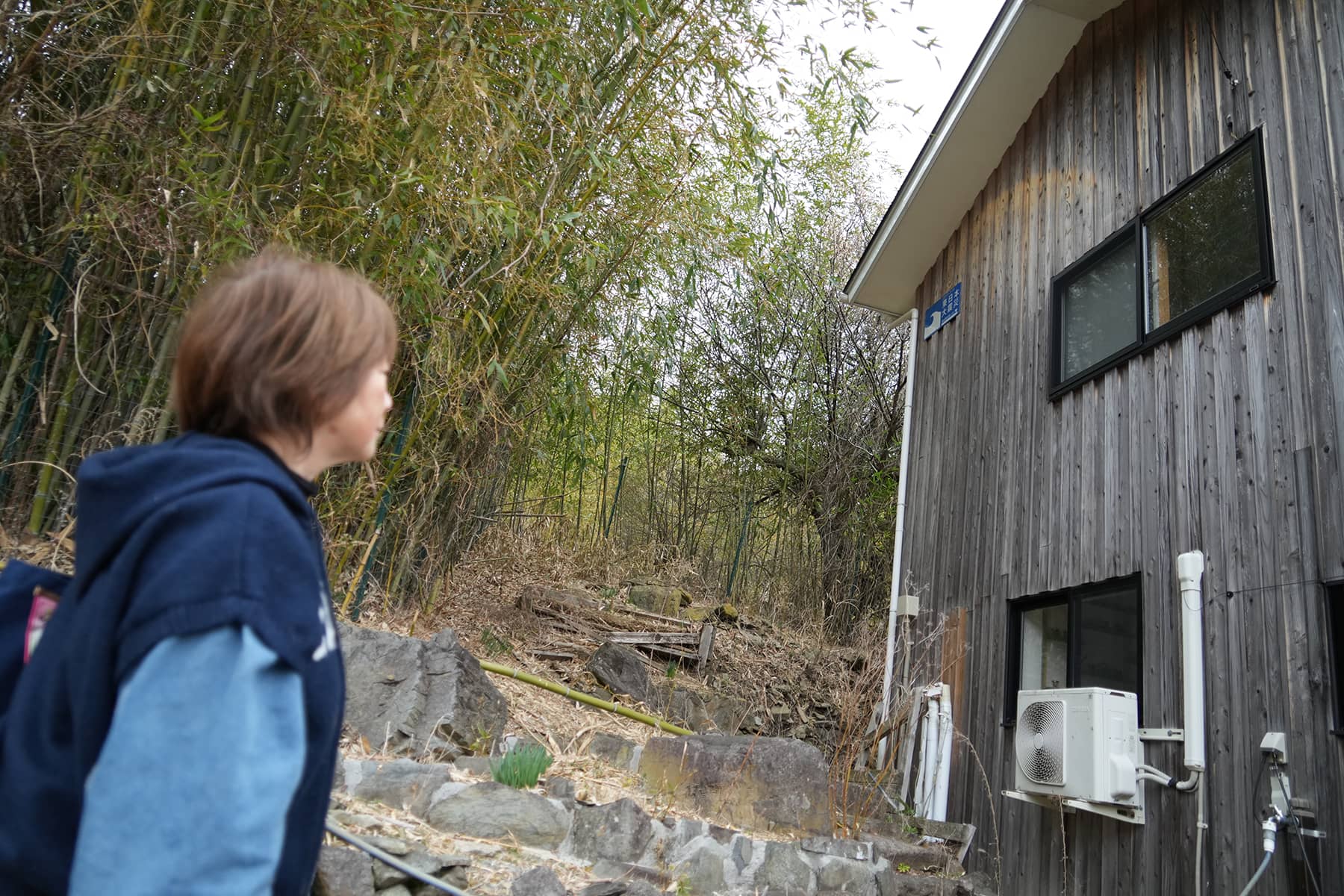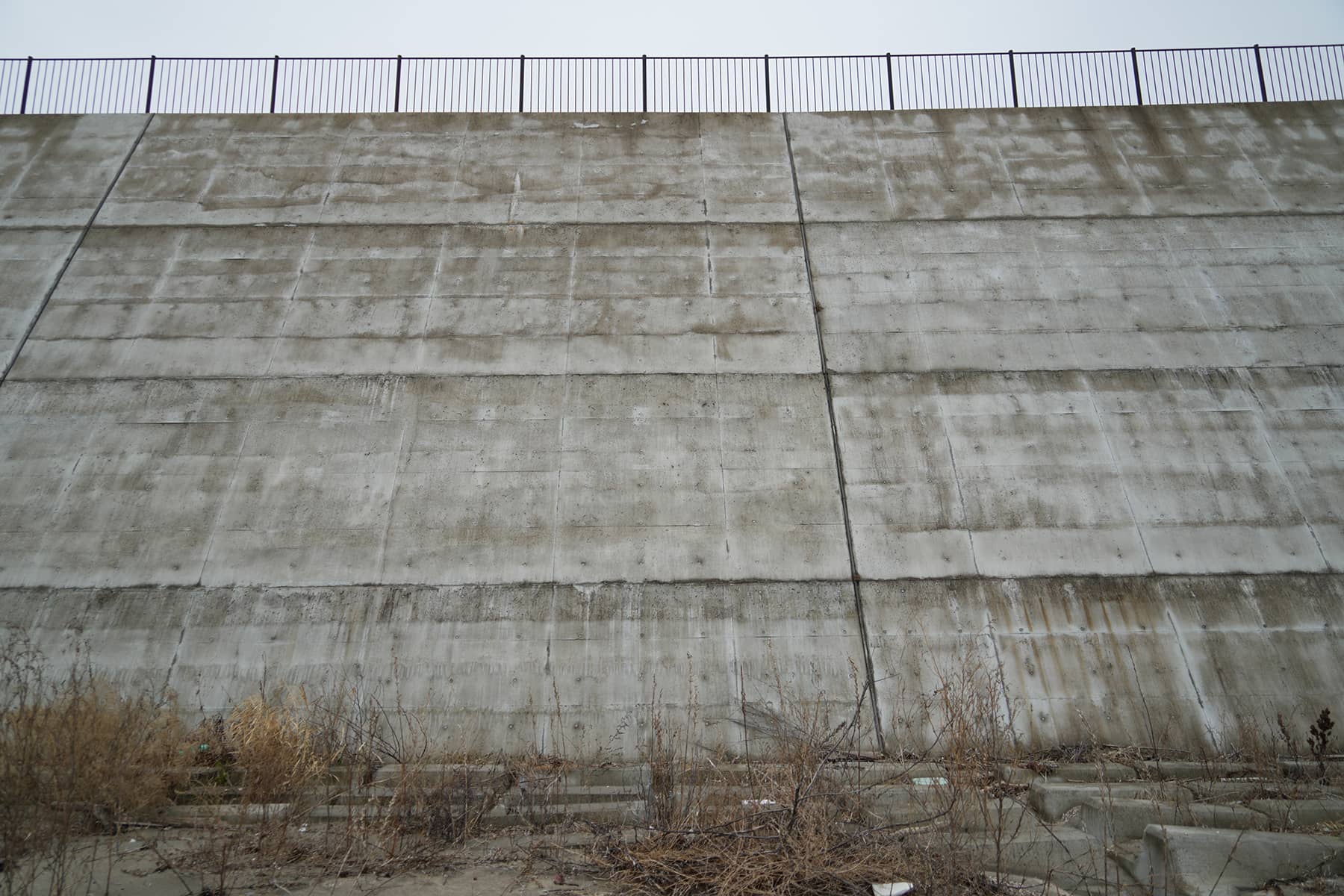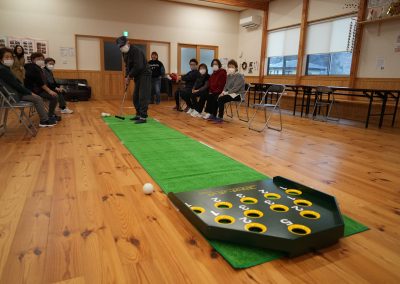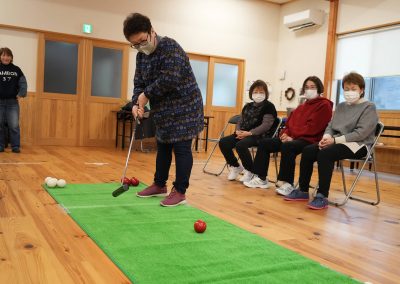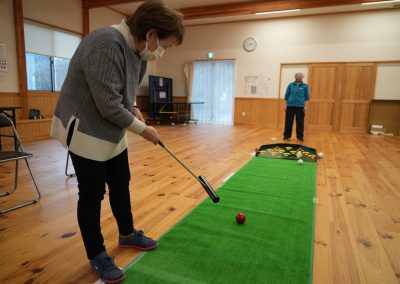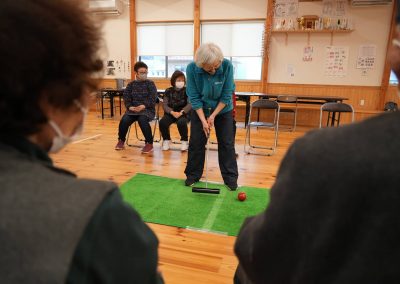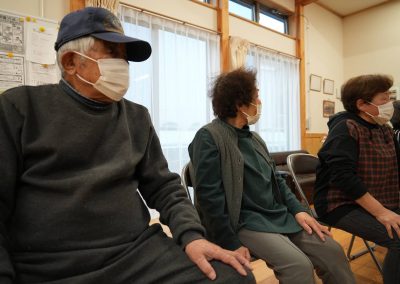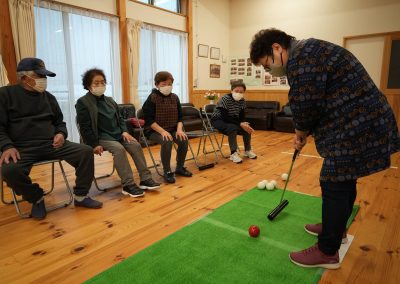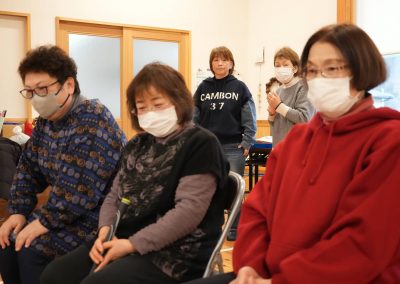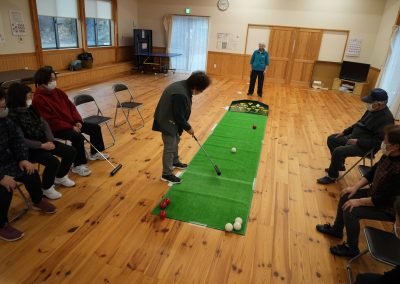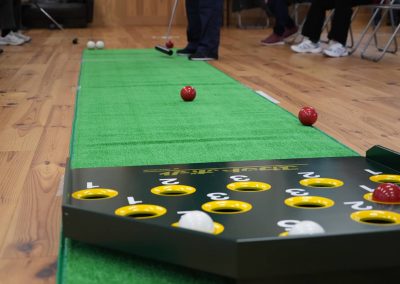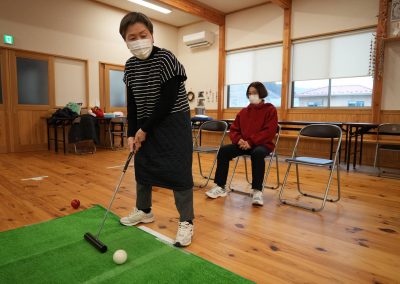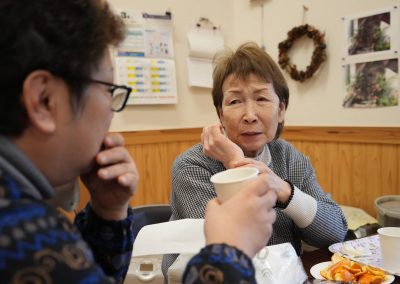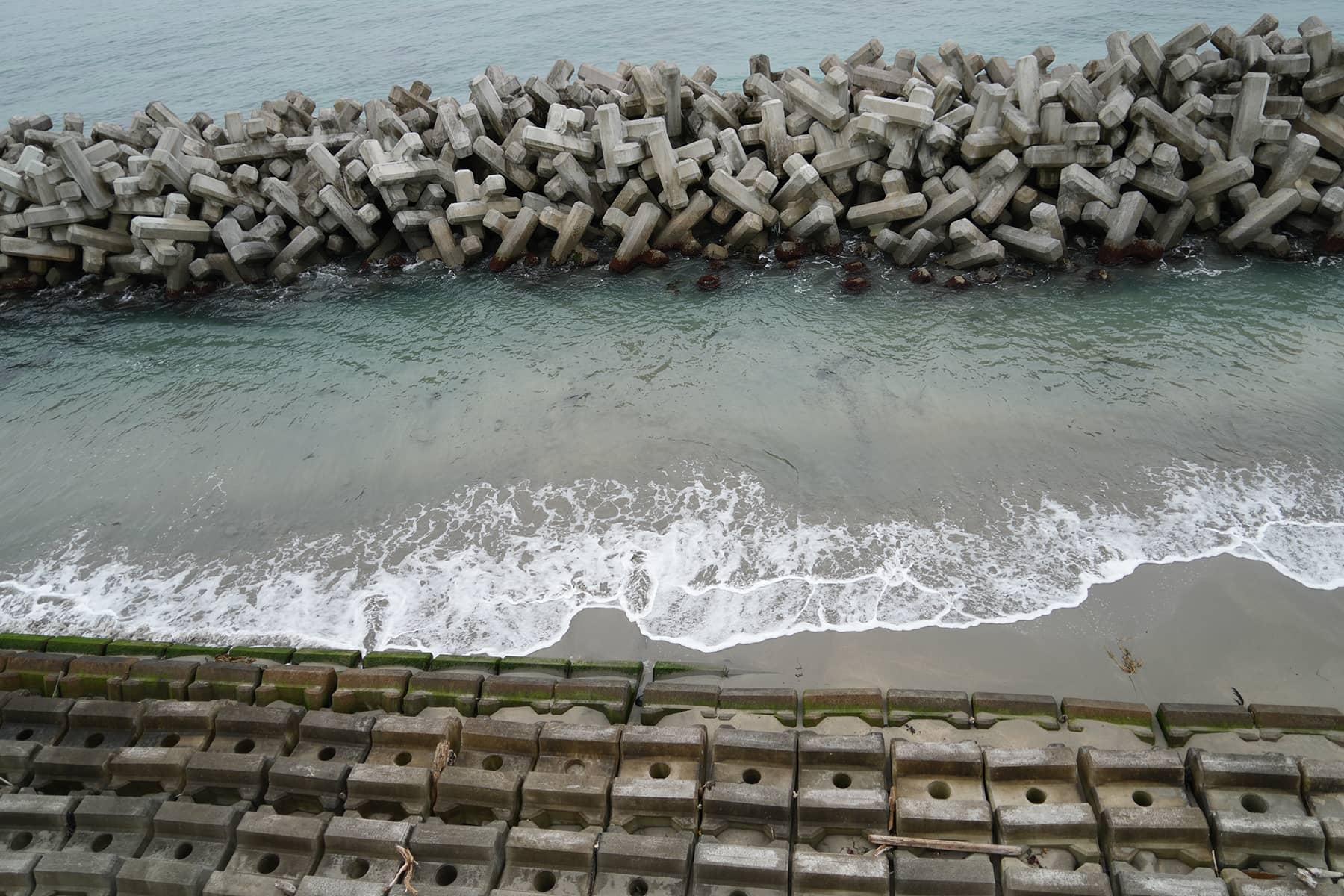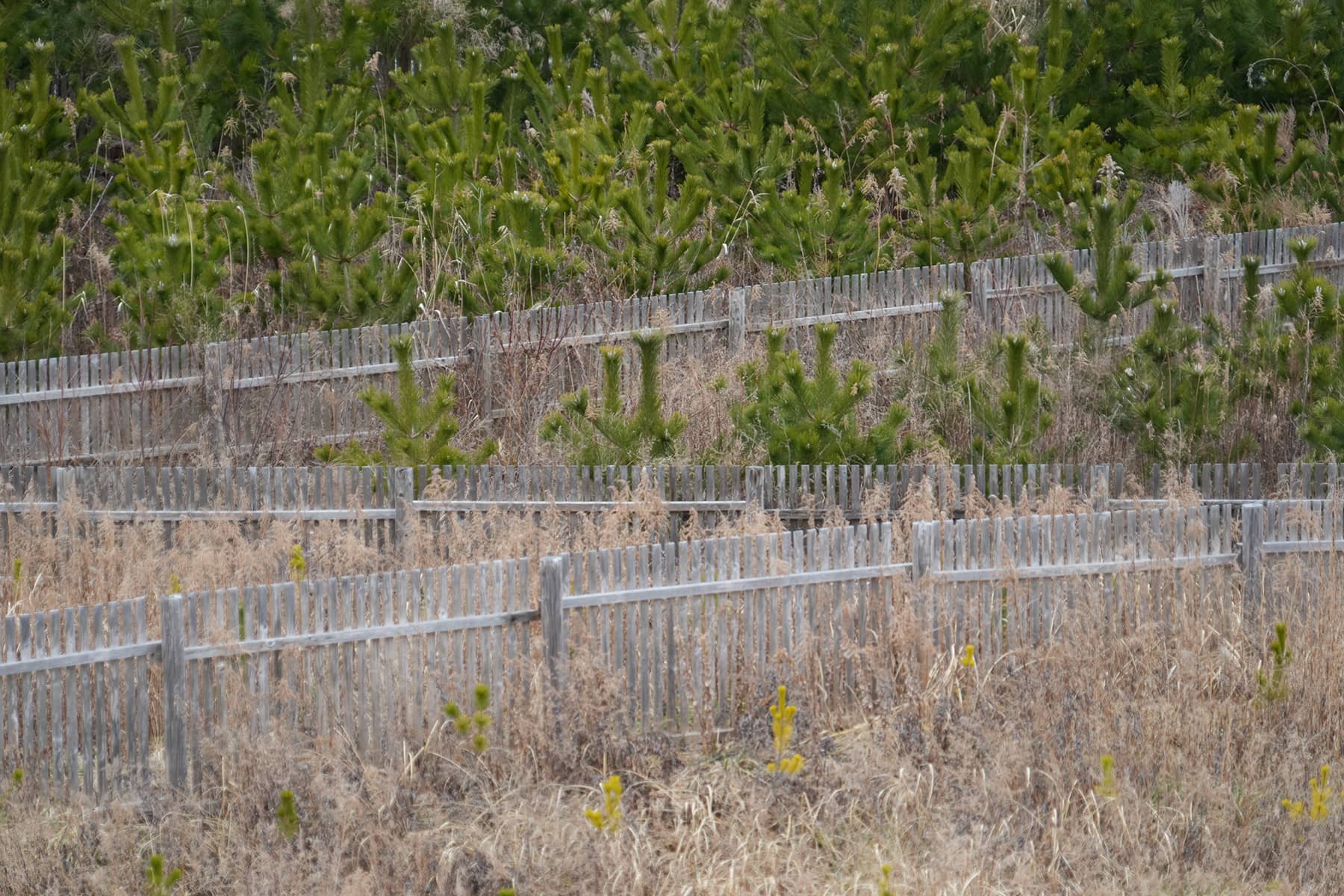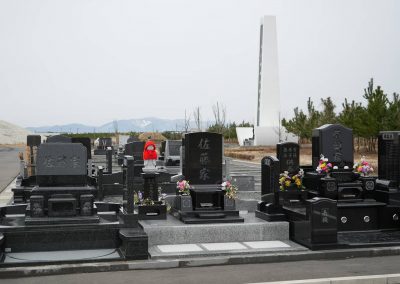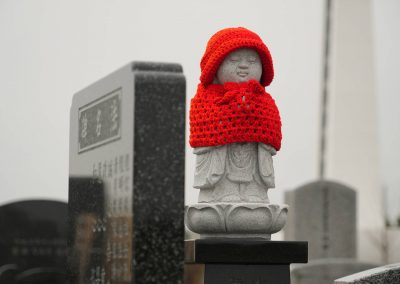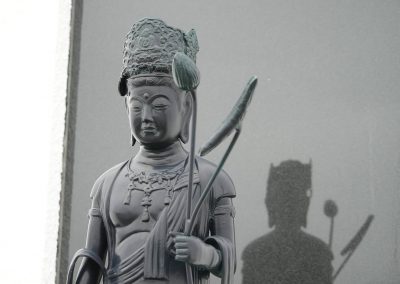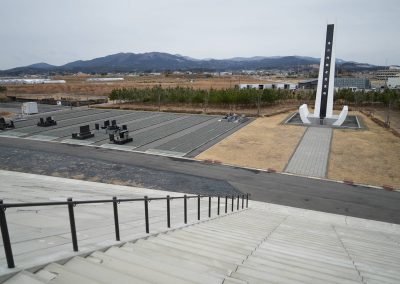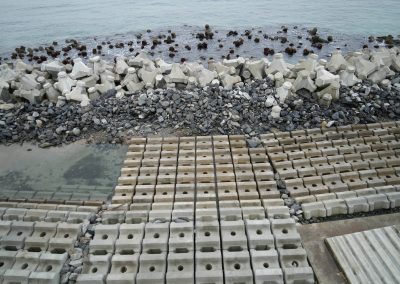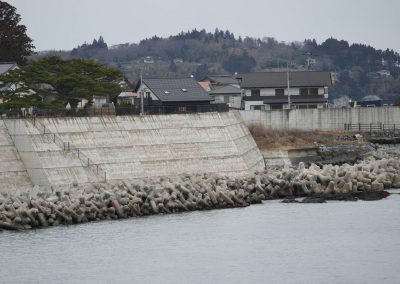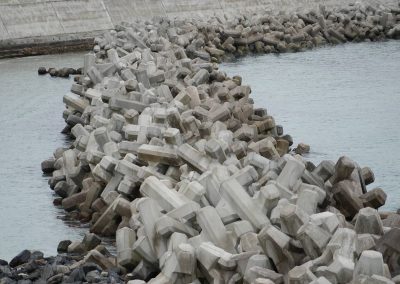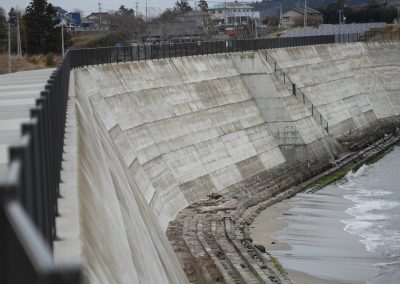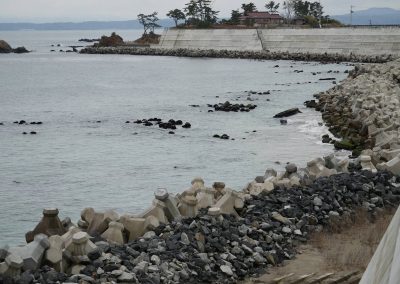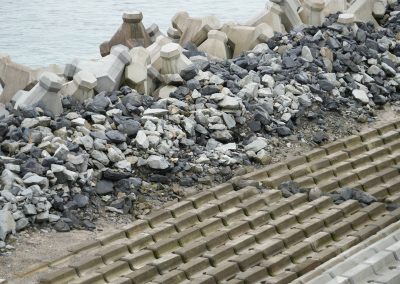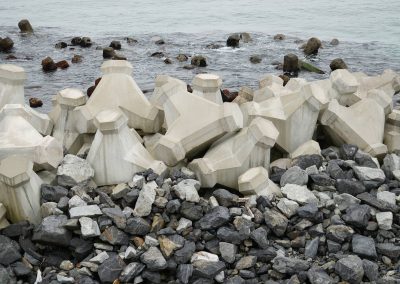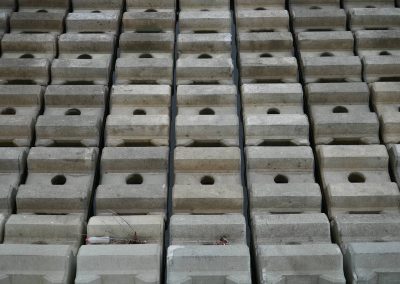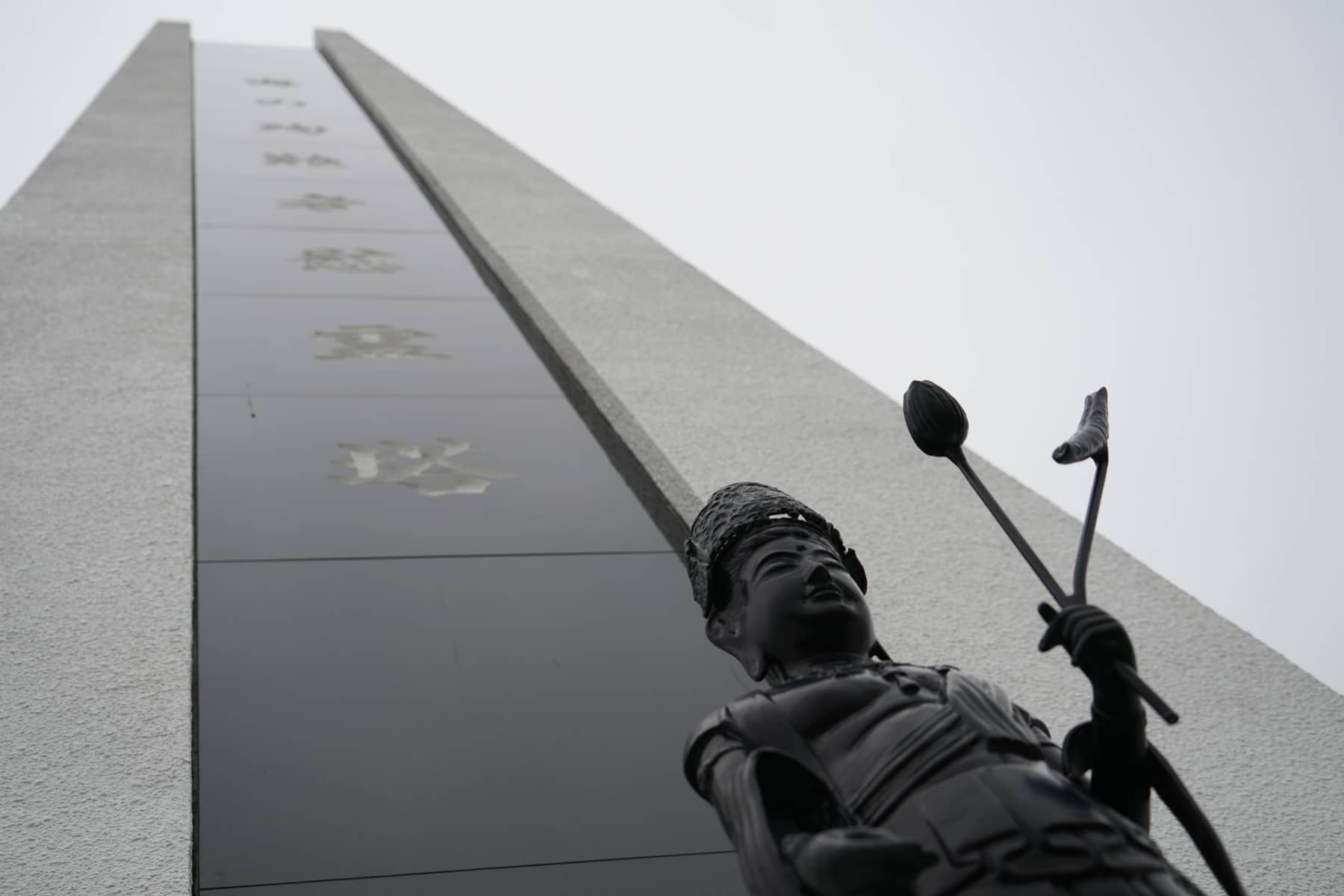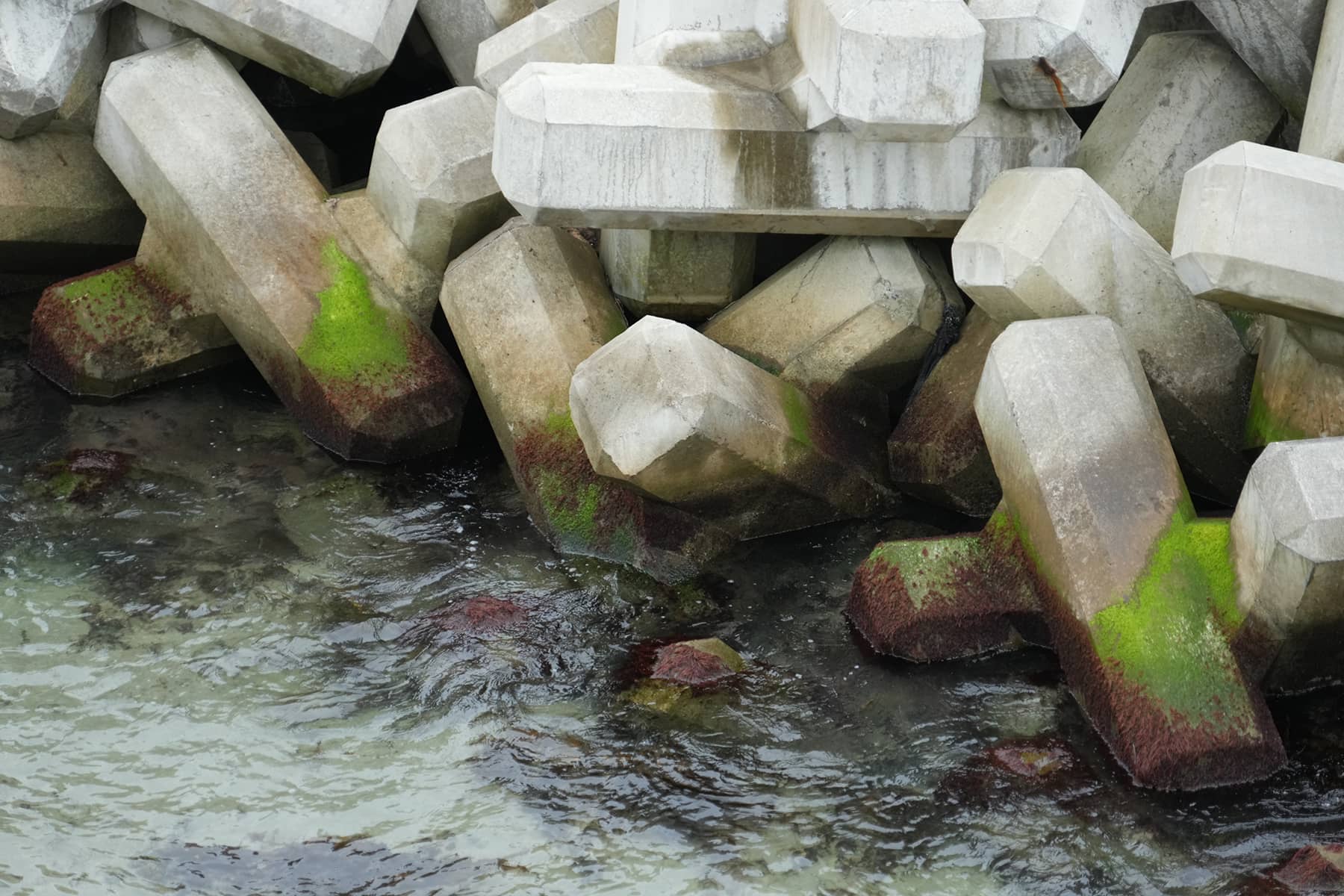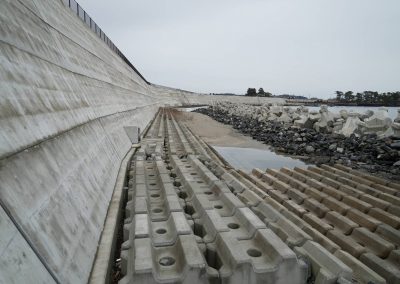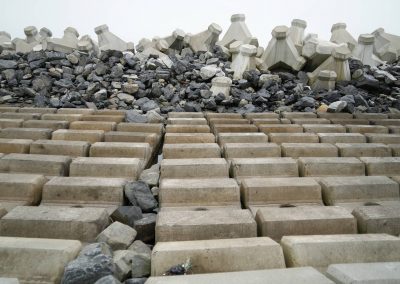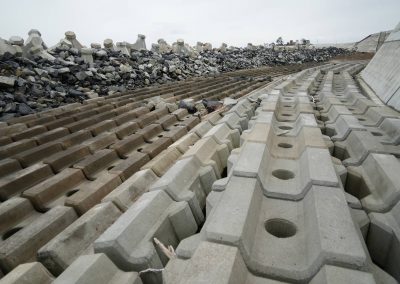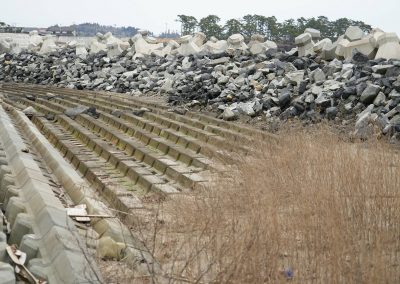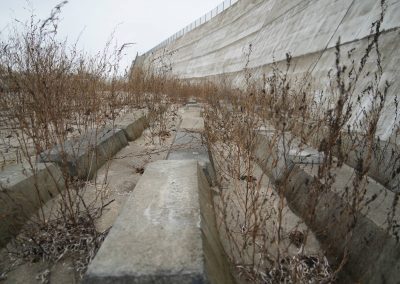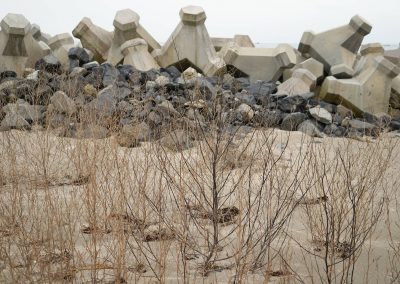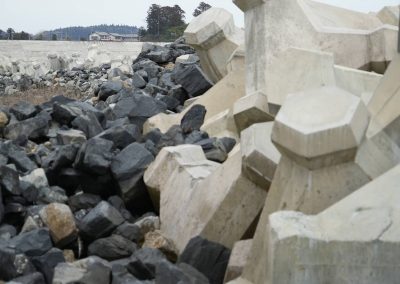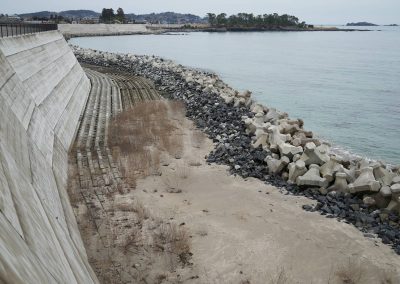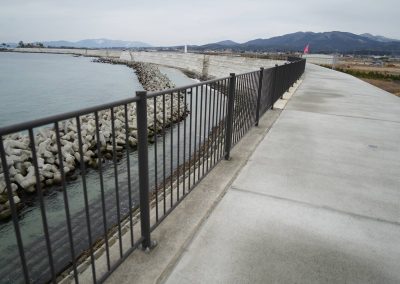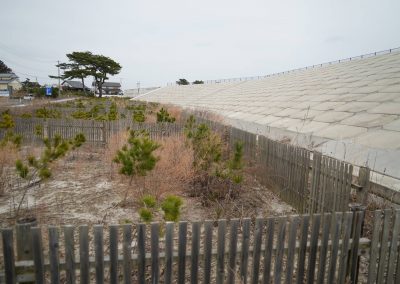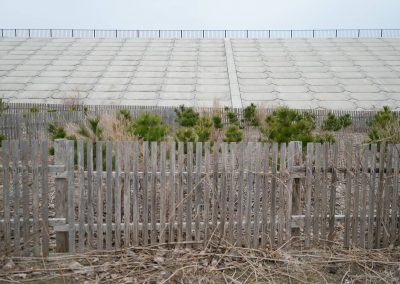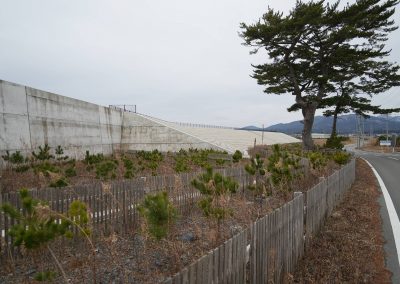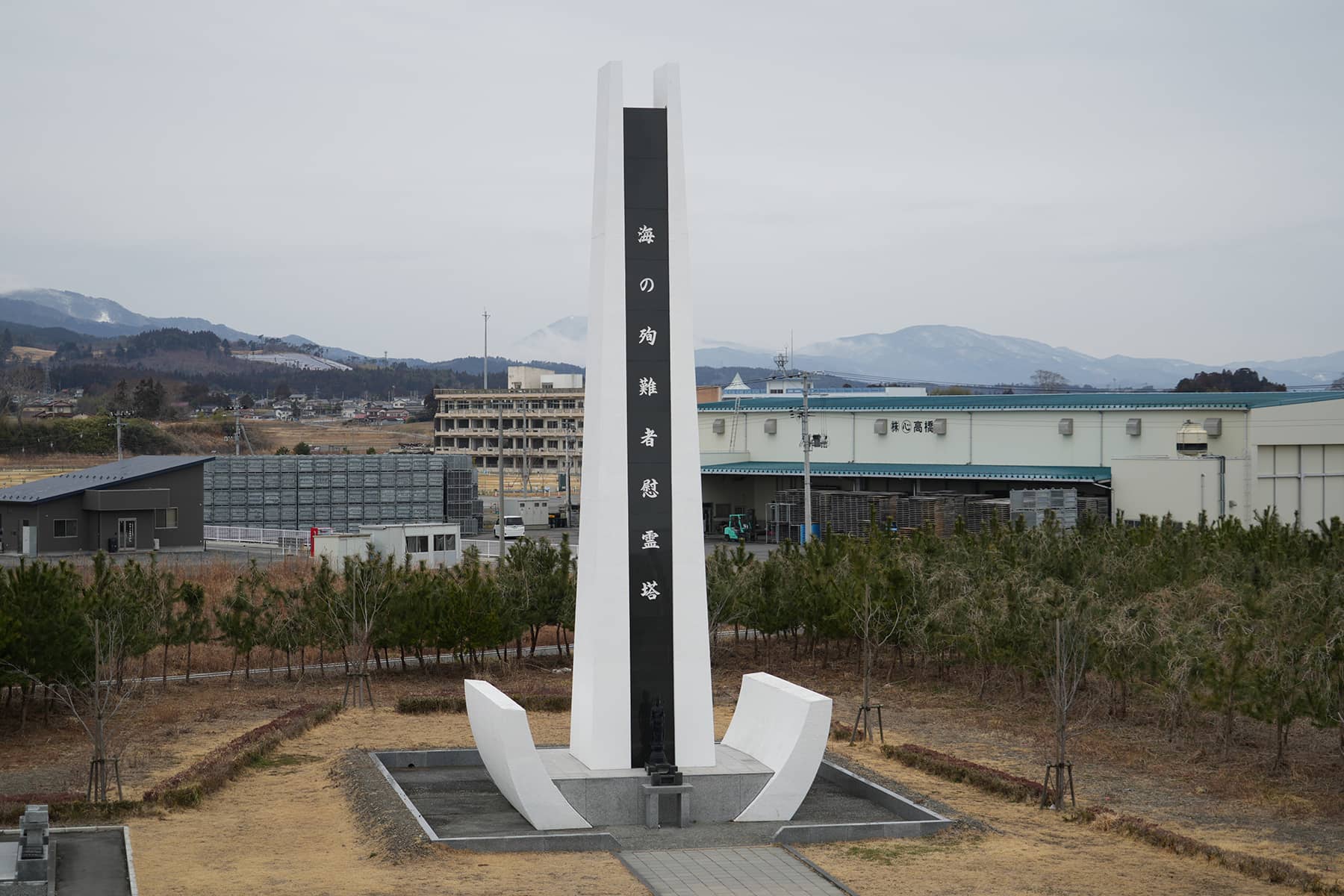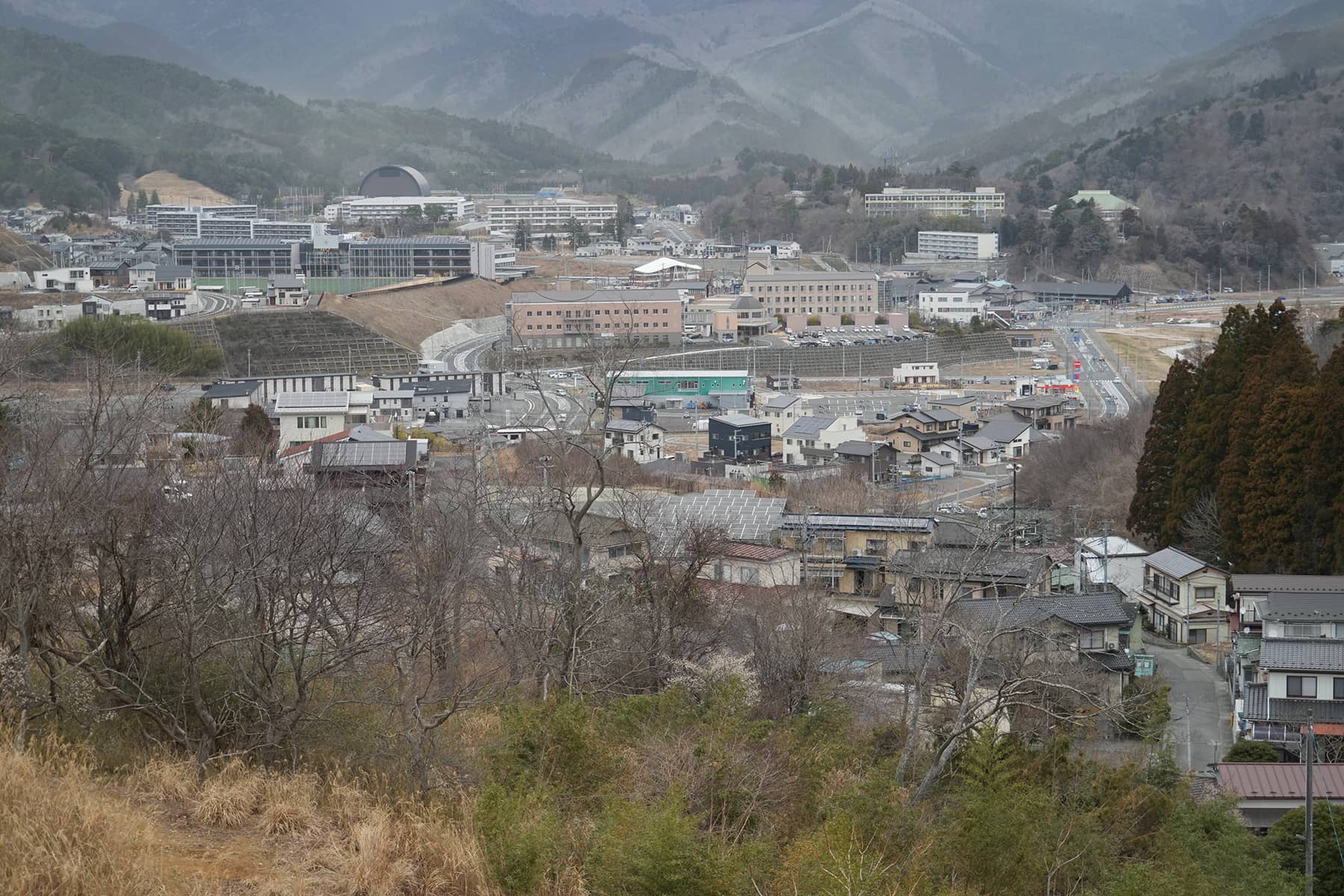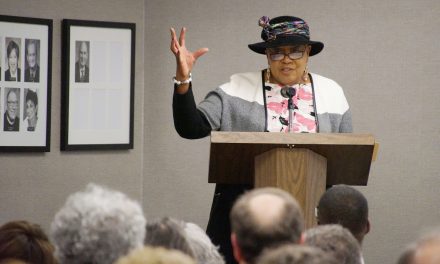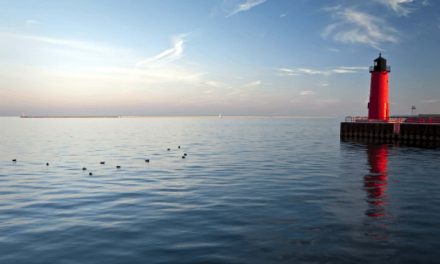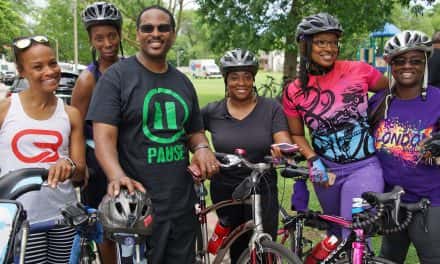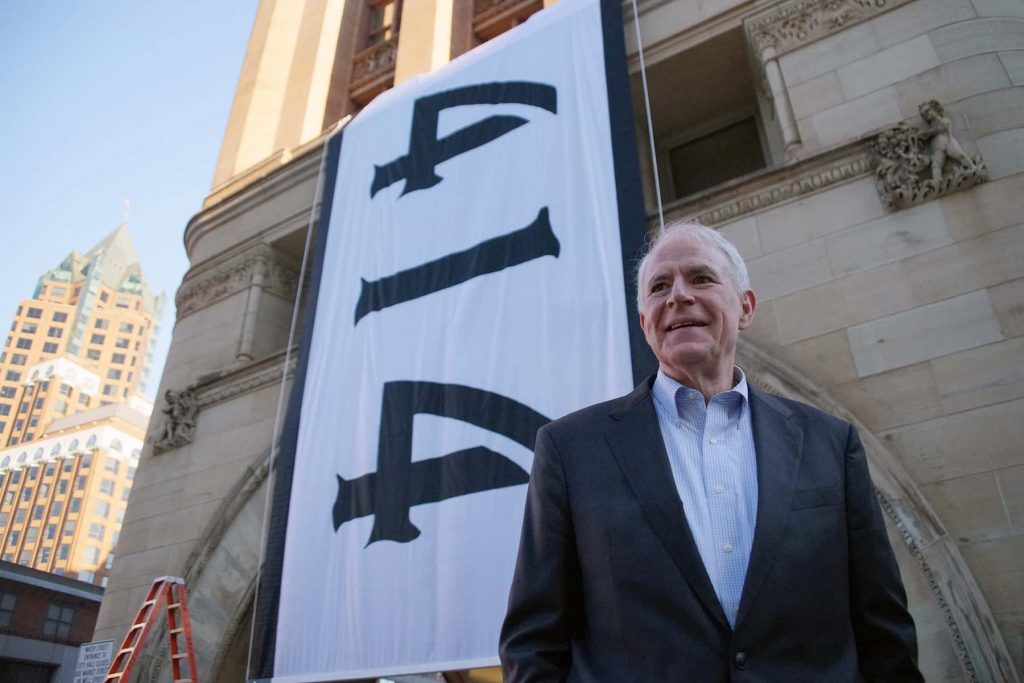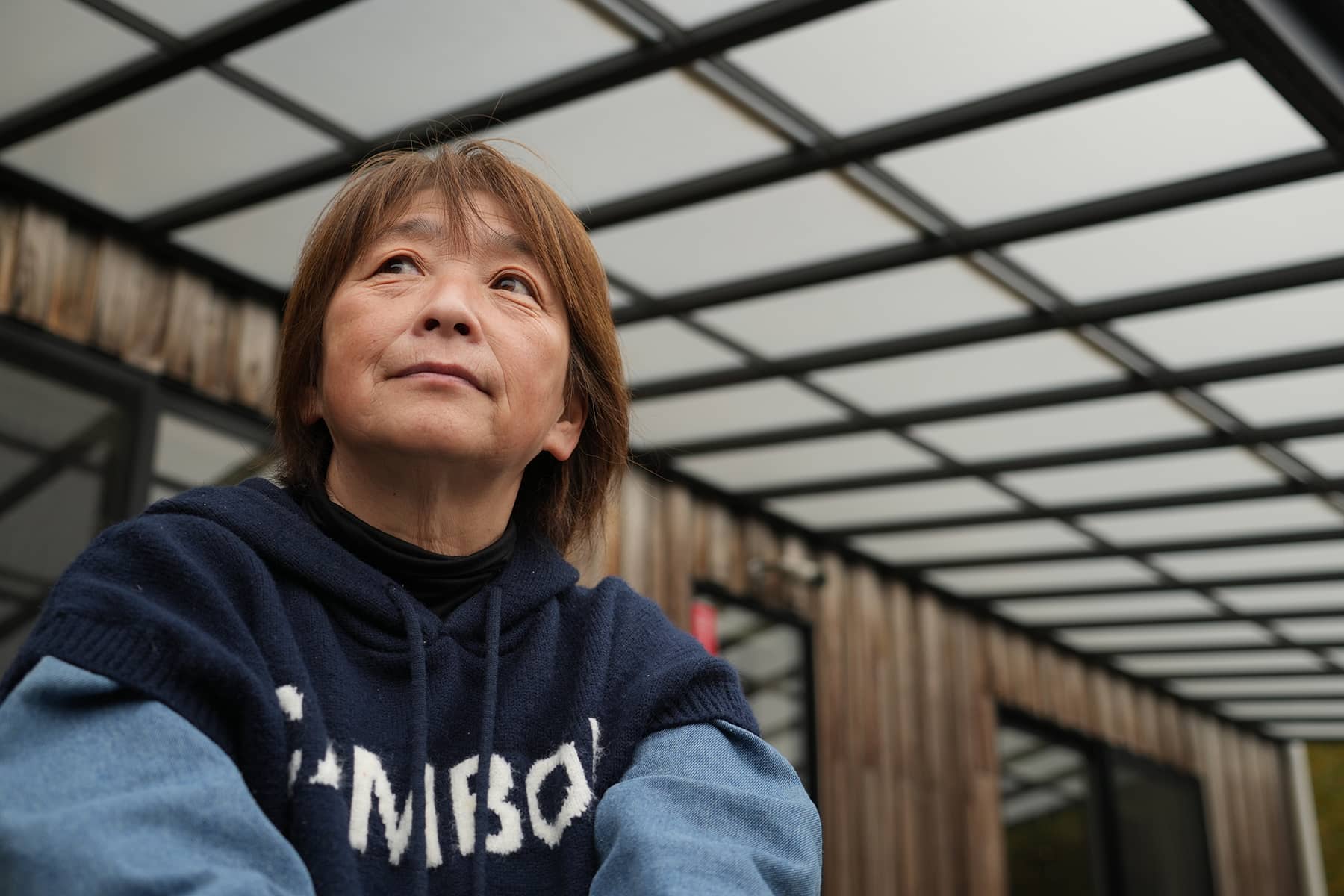
Many communities in Japan found themselves struggling to physically rebuild and economically revitalize in the aftermath of the Great East Japan Earthquake on March 11, 2011. Among them was the small coastal town of Onagawa in Miyagi Prefecture.
But thanks to the tireless efforts of individuals like Junko Yagi over the years, residents in rural areas have reason to hope and reason to be optimistic about the future.
“My family was typical of the area,” said Yagi. “My father was a fisherman and my mother helped out with small jobs. Along with my sister we lived with our grandparents. It was a three-generation household, and coming from a family with such a long history I was raised in a very protective environment.”
Yagi, a former educator turned community leader, has been instrumental in creating sustainable businesses and fostering a sense of community among the residents of Onagawa.
“We are creating businesses in the community to generate local employment and collaborate with various people,” Yagi told Milwaukee Independent during a recent interview.
Her initiative, which started in the aftermath of the earthquake, focuses on harnessing the potential of the local population to drive recovery and growth.
Onagawa was not unfamiliar with disaster. The town had previously been hit by a tsunami – including the one caused by the 1960 Valdivia earthquake, although it had received comparatively less impact in the aftermath of the 1896 and 1933 Sanriku earthquakes.
Like other rural coastal towns, Onagawa faced considerable challenges over the issue of constructing seawalls. Across areas of Tōhoku hit by the tsunami, there was considerable opposition as communities were divided over environmental and financial concerns.
Many feared that the seawalls would sever their vital connection to the ocean, or have a negative impact on ecosystems. The economic burden of such extensive infrastructure projects, coming in the wake of a massive disaster, also added a significant layer of complexity to the nation’s recovery and reconstruction efforts.
“In the days following the 3.11 disaster, the struggle for basic necessities became a daily challenge. Waiting in lines for hours for food, water, and gasoline became the new normal,” said Yagi. “The experience highlighted the disparities within our disaster-stricken community – especially due to our remote location – and motivated me to start volunteering.”
One of Yagi’s pioneering projects involved working with local grandmothers to make and sell sandals out of old T-shirts while they were living in temporary shelters.
“It seemed like a shameful and painful situation to have nothing to do except sit around and wait for someone else to take care of you,” said Yagi. “Seeing the need for more structured support, I began focusing on creating safe spaces and engaging activities for the elderly – and children. This evolved into a broader effort to rebuild community bonds and provide practical support to those affected.”
She reflected on the stark conditions at the evacuation center, which had been so influential on her thinking. Yagi said her project not only provided a source of income for people, but also a sense of purpose and community among the participants.
Before the earthquake, Yagi ran a tutoring school which was forced to close as the community’s needs changed drastically. The setback, however, only fueled her determination to create jobs and opportunities within her community.
“We cannot live without self-respect and human connections,” Yagi said. “So many experiences highlighting the importance of work and community bonds that were needed to rebuild lives.”
Yagi’s initiatives have extended beyond employment creation. She has been a vocal advocate for children’s self-reliance and engagement, setting up a children’s cafeteria where the children are involved in cooking. The approach not only provides vital meals to hungry youth but also teaches valuable life skills and fosters a sense of responsibility.
“Now, my work revolves around creating a sense of place and teaching others to do the same. We’re doing everything from running community diners to creating unique products,” said Yagi. “It’s about building connections and making life better for everyone involved.”
Despite the physical and social challenges that the 3.11 earthquake brought, including the need to relocate residential areas to higher ground and the building of seawalls, Yagi remained optimistic about the future of rural Japan.
Her efforts are slowly turning a profit, with the circle of activities and supporters continuously expanding. And her work has not gone unnoticed, attracting visitors and volunteers from other regions.
However, she remains focused on the local community, especially on days of remembrance like March 11.
“3-11 is the day when many people lost their loved ones, and they go to their graves for a quiet time,” Yagi said. “When we hear numbers for so long, I think it is easy to forget the personal nature of the tragedy.”
As rural Japan faces the dual challenges of aging and declining population, Yagi’s initiatives offer hope and a path to sustainability. By creating employment, fostering community bonds, and promoting self-reliance, Yagi and her team are not just rebuilding Onagawa but also providing a model for rural revitalization.
Yagi’s message is clear, recognizing each other’s humanity is the joy of life for people of all ages and genders. Through her work, she continues to spread hope and demonstrate the power of community in overcoming adversity.
“Despite the losses suffered, living through the disaster has taught us the importance of moving forward and finding joy in helping others,” she added. “As we continue to rebuild, I hope we can inspire others with our story of resilience and community.”
3.11 Exploring Fukushima
- Journey to Japan: A photojournalist’s diary from the ruins of Tōhoku 13 years later
- Timeline of Tragedy: A look back at the long struggle since Fukushima's 2011 triple disaster
- New Year's Aftershock: Memories of Fukushima fuels concern for recovery in Noto Peninsula
- Lessons for future generations: Memorial Museum in Futaba marks 13 years since 3.11 Disaster
- In Silence and Solidarity: Japan Remembers the thousands lost to earthquake and tsunami in 2011
- Fukushima's Legacy: Condition of melted nuclear reactors still unclear 13 years after disaster
- Seafood Safety: Profits surge as Japanese consumers rally behind Fukushima's fishing industry
- Radioactive Waste: IAEA confirms water discharge from ruined nuclear plant meets safety standards
- Technical Hurdles for TEPCO: Critics question 2051 deadline for decommissioning Fukushima
- In the shadow of silence: Exploring Fukushima's abandoned lands that remain frozen in time
- Spiral Staircase of Life: Tōhoku museums preserve echoes of March 11 for future generations
- Retracing Our Steps: A review of the project that documented nuclear refugees returning home
- Noriko Abe: Continuing a family legacy of hospitality to guide Minamisanriku's recovery
- Voices of Kataribe: Storytellers share personal accounts of earthquake and tsunami in Tōhoku
- Moai of Minamisanriku: How a bond with Chile forged a learning hub for disaster preparedness
- Focus on the Future: Futaba Project aims to rebuild dreams and repopulate its community
- Junko Yagi: Pioneering a grassroots revival of local businesses in rural Onagawa
- Diving into darkness: The story of Yasuo Takamatsu's search for his missing wife
- Solace and Sake: Chūson-ji Temple and Sekinoichi Shuzo share centuries of tradition in Iwate
- Heartbeat of Miyagi: Community center offers space to engage with Sendai's unyielding spirit
- Unseen Scars: Survivors in Tōhoku reflect on more than a decade of trauma, recovery, and hope
- Running into history: The day Milwaukee Independent stumbled upon a marathon in Tokyo
- Roman Kashpur: Ukrainian war hero conquers Tokyo Marathon 2024 with prosthetic leg
- From Rails to Roads: BRT offers flexible transit solutions for disaster-struck communities
- From Snow to Sakura: Japan’s cherry blossom season feels economic impact of climate change
- Potholes on the Manga Road: Ishinomaki and Kamakura navigate the challenges of anime tourism
- The Ako Incident: Honoring the 47 Ronin’s legendary samurai loyalty at Sengakuji Temple
- "Shōgun" Reimagined: Ambitious TV series updates epic historical drama about feudal Japan
- Enchanting Hollywood: Japanese cinema celebrates Oscar wins by Hayao Miyazaki and Godzilla
- Toxic Tourists: Geisha District in Kyoto cracks down on over-zealous visitors with new rules
- Medieval Healing: "The Tale of Genji" offers insight into mysteries of Japanese medicine
- Aesthetic of Wabi-Sabi: Finding beauty and harmony in the unfinished and imperfect
- Riken Yamamoto: Japanese architect wins Pritzker Prize for community-centric designs
MI Staff (Japan)
Lее Mаtz
3.11 Exploring Fukushima: The Tōhoku region of Japan experienced one of the worst natural disasters ever recorded when a powerful earthquake was followed by a massive tsunami, and triggered an unprecedented nuclear crisis in 2011. With a personal connection to the tragedies, Milwaukee Independent returned for the first time in 13 years to attend events commemorating the March 11 anniversary. The purpose of the journalism project included interviews with survivors about their challenges over the past decade, reviews of rebuilt cities that had been washed away by the ocean, and visits to newly opened areas that had been left barren by radiation. This special editorial series offers a detailed look at a situation that will continue to have a daily global impact for generations. mkeind.com/exploringfukushima

